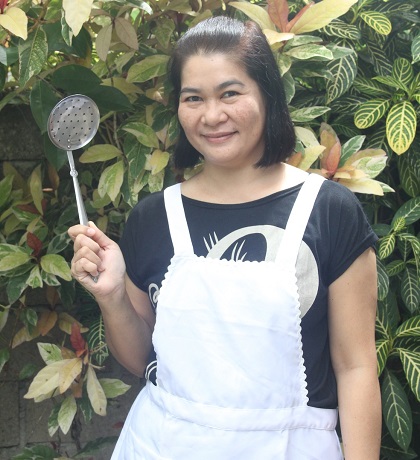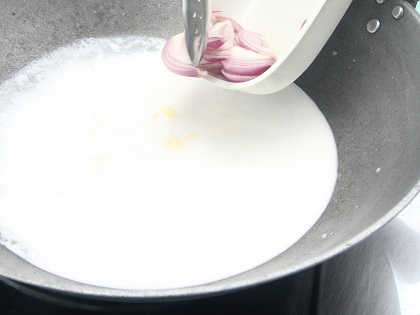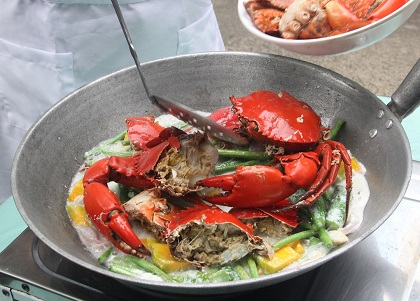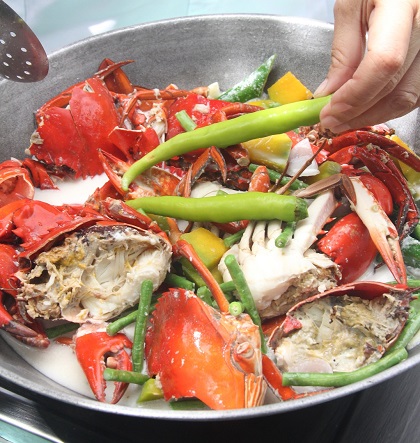One of the best things that one can find in the Southern Tagalog island province of Marinduque, where my husband Raff hails from, is its rich and bountiful seas that are just teeming with fresh seafood, some of which you can only find there.
Its crabs alone come in different forms, depending on where you catch them, since Marinduque also has a good mangrove area besides being surrounded by the ocean. Aside from the regular katang or alimango (crab), which is really meaty, it also has bigoy (red-eyed crab) and kuray, among others.
The last time the two of us, Raff and I, were in Sta. Cruz, Marinduque, was during Holy Week in 2015. Marinduque is home to the Moriones Festival, which takes place in all major towns in the Southern Tagalog island province during Holy Week.

One of the things that we enjoy doing when in his hometown is eat—and we don’t have to eat out because Raff’s relatives—brothers, nieces and nephews—are really good cooks. Every meal is like a feast already because the produce in the market is really fresh every morning, and when you cook fresh ingredients, you end up with mini feasts each time.
One of the dishes that really stood out during our Holy Week vacation last year was the Guinataang Katang (better understood if called Guinataang Alimango) cooked by Raff’s niece Jinky Zulueta Ricamata. Here’s the recipe:
Guinataang Alimango
1-1/2 kgs. katang (alimango or crabs)
ginger, sliced
salt to taste
2 cups coconut milk (second squeeze)
4 cloves garlic, chopped
1 pc. big onion, chopped
1/4 kg. okra
1 bundle sitaw (stringbeans)
1 wedge squash, peeled and sliced into bite sizes
2 cups kakang-gata (coconut cream or first squeeze)
few pcs. siling pansigang (finger chili)
Directions
1. Clean crabs and cut into halves. Crack claws. Blanch in a pot of water with ginger and salt. Remove and set aside.
2. Pour coconut milk into a wok. Add garlic and onion. Let boil.

3. Add okra and string beans.
4. Add squash.
5. Season with salt to taste.

6. Add blanched crabs.

7. Add kakang-gata. Let boil.
8. To add heat or spice to the dish, add a few pieces of siling pansigang.

For more recipes and food adventures, check out the author’s blog, Flavors of Life.

